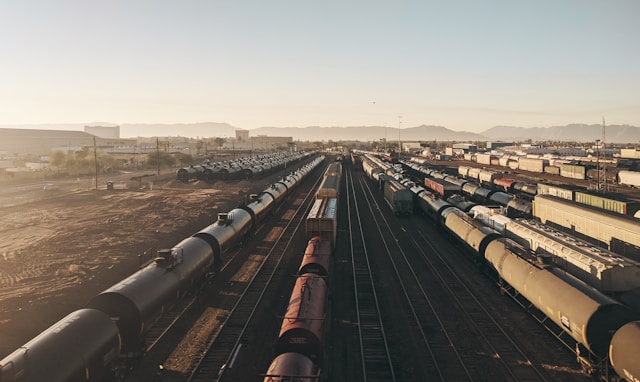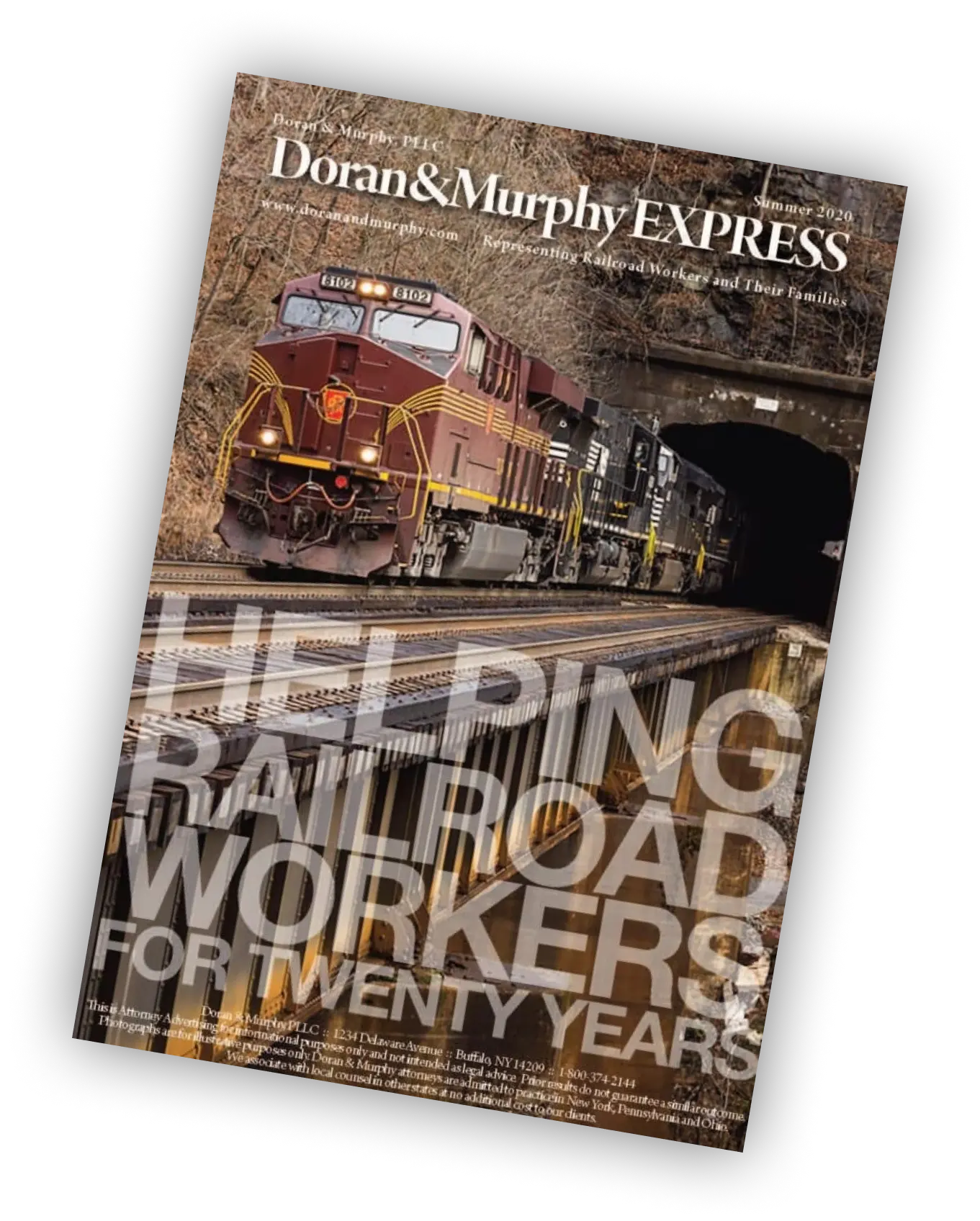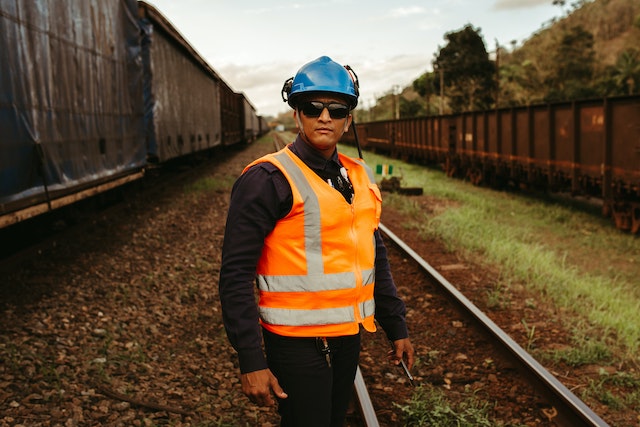
Railroad employees are uniquely situated in that, when they’re injured on the job, they are not eligible for workers’ compensation benefits. In the case of minor injuries, it is relatively simple to get medical treatment and return to work. But, in the event that a worker suffers a more significant injury that causes them to miss time from work, the process becomes far more complicated. Sadly, we get calls all the time from railroad workers who have no clue how they are supposed to pay their bills when sidelined by a workplace injury. Railroad employers offer little to no education on how the post-injury compensation process works, which is not surprising considering they are the ones responsible for paying claims under the Federal Employers’ Liability Act (FELA).
When a worker is forced to miss time due to an on-the-job injury, they typically qualify for benefits through the Railroad Retirement Board (RRB). The RRB provides sickness benefits to eligible railroad workers who are temporarily unable to work due to illness or injury. These benefits are similar to disability benefits and are designed to replace lost wages while a worker is sick or injured and unable to perform their job. To qualify, a railroad worker must be a current employee who has contributed to the railroad retirement system for a certain number of months; the worker must have a medical condition that prevents them from working; and the condition must be expected to last for at least 4 days. Many workers also have supplemental short-term disability plans that are offered through their unions. While these benefits rarely fully replace normal wages, they provide a much-needed safety net while the injured worker is being treated for his or her injuries.
In addition to these short-term automatic benefits, railroad workers can also pursue compensation pursuant to the Federal Employers’ Liability Act. The FELA was designed to account for all ways in which an on-the-job injury can impact a worker’s life that RRB benefits do not contemplate. This includes things like pain & suffering, emotional distress, the aggravation of prolonged medical treatment, permanent physical limitations, and past and future lost wages. A successful FELA claim can result in large financial recoveries that accurately reflect everything the worker has been through and will continue to go through after a serious injury. Unlike workers’ compensation and RRB benefits, however, a successful claim under the FELA requires proof that the railroad was somehow negligent and that the negligence contributed to the injury, no matter how slight. This is why consulting an experienced FELA attorney early on is important. We can identify ways in which the railroad was negligent that might not be immediately apparent and take the appropriate steps to preserve any evidence that proves it.
If you or a loved one have questions about obtaining compensation for a railroad workplace injury, call us today to what might be available to you. Our consultations are always free.





